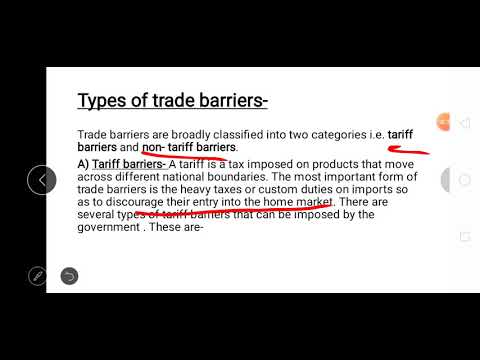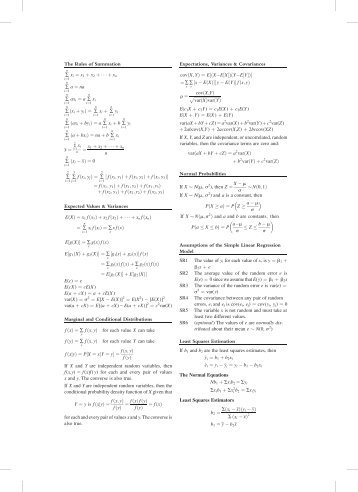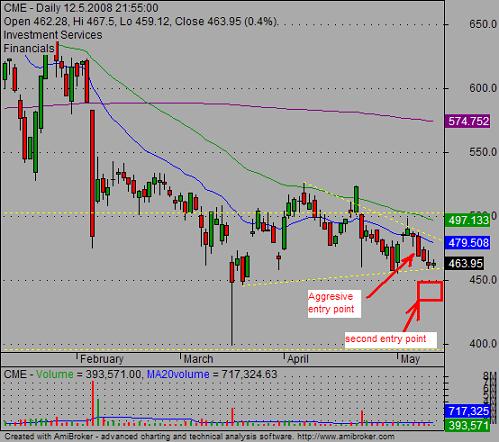Contents:


Then multiply the quotient by the total number of days during that specific period. The average collection period is closely related to the accounts turnover ratio, which is calculated by dividing total net sales by the average AR balance. The debt to equity ratio is calculated as a. Total liabilities divided by total stockholders’ equity. Noncurrent liabilities divided by current liabilities + stockholders’ equity.
For one thing, to be meaningful, the ratio needs to be interpreted comparatively. In comparison with previous years, is the business’s ability to collect its receivables increasing or decreasing . If it’s decreasing in comparison then it means your accounts receivable are losing liquidity and you may need to take positive steps to reverse this trend.
Companies normally make these sales to their customers on credit. AR is listed on corporations’ balance sheets as current assets and measures their liquidity. As such, they indicate their ability to pay off their short-term debts without the need to rely on additional cash flows. Cash RatioCash Ratio is calculated by dividing the total cash and the cash equivalents of the company by total current liabilities.
For example, a company with an inventory-receivables turnover ratio of 10 would have an average collection period of 365 divided by 10, or approximately 36.5 days. This means that it takes the company an average of 36.5 days to collect money it is owed from credit sales. Which information regarding the receivables turnover ratio is true? It provides an indication of a company’s efficiency in collecting receivables. It shows the number of days it takes to collect accounts receivable. The lower the ratio, the better the company is performing.
Profitability Ratio
A low accounts receivable turnover is harmful to a company and can suggest a poor collection process, extending credit terms to bad customers, or extending its credit policy for too long. A high accounts receivable turnover also indicates that the company enjoys a high-quality customer base that is able to pay their debts quickly. Also, a high ratio can suggest that the company follows a conservative credit policy such as net-20-days or even a net-10-days policy. Inventory turnover ratio is calculated by dividing total purchases by average inventory in a given period. An increased accounts receivable turnover ratio indicates an increased ability to collect cash from credit customers.

the ratio which indicates the collection period of the companyReturn on Equity represents financial performance of a company. It is calculated as the net income divided by the shareholders equity. ROE signifies the efficiency in which the company is using assets to make profit.
Market Value Ratios
The lower the total debt-to-equity ratio, the lower the financial risk for a firm. Liquidity ratios measure the ability of a company to repay its short‐term debts and meet unexpected cash needs. It means that Company ABC’s average collection period for the year is about 46 days. It is slightly high when you consider that most companies try to collect payments within 30 days. How it is performing compared to its competitors. When analyzing financial ratios of several different but similar companies, a company can better understand whether it is an industry-leader or whether it is falling behind.
- Accounts receivable turnover ratio describes how efficiently a business can collect a debt owed and maintain a credit policy.
- CAs, experts and businesses can get GST ready with Clear GST software & certification course.
- It calculates the number of day’s sales being carried in inventory.
- Click on the approximate location of each data item on the number line.
- As an accountant, find out the collection period of BIG Company.
Sometimes referred to as the average collection period, a collection ratio has to do with the outstanding Accounts Receivable of a given company. The ratio is an average of the amount of time that is usually required for payment on the invoices issued for a given calendar period to be paid in full by the customers. Like the return on total assets ratio, it is often used by business owners to compare how much the company is earning for each dollar invested in the company.
How Can a Company Improve its Average Collection Period?
Collection ratios are a helpful calculation for many businesses. By understanding the average amount of time it takes for customers to pay outstanding receivables, the company can evaluate the current procedure for creating and issuing invoices. For example, the company may be issuing invoices once a month, and thus missing the payment cycle that is common to most of the customer base. Accounting ratios are very helpful in analyzing any company’s performance but on the flip side, these ratios calculated using balance sheet on a specific date. As such, may not reflect the financial position of the company during other periods of the year.

Company A makes more sales on account than Company B. The collection period may differ from company to company. For example, a company may sell seasonally. In that case, the formula for the average collection period should be adjusted as needed. Knowing the average collection period for receivables is very useful for any company. Therefore, Trinity Bikes Shop collected its average accounts receivable approximately 7.2 times over the fiscal year ended December 31, 2017.
What are the four types of financial ratios?
On the other hand, having too conservative a credit policy may drive away potential customers. These customers may then do business with competitors who can offer and extend them the credit they need. If a company loses clients or suffers slow growth, it may be better off loosening its credit policy to improve sales, even though it might lead to a lower accounts receivable turnover ratio. In order to calculate the average collection period, divide the average balance of accounts receivable by the total net credit sales for the period.
- John wants to know how many times his company collects its average accounts receivable over the year.
- For the formulas above, average accounts receivable is calculated by taking the average of the beginning and ending balances of a given period.
- Instead, you can get more out of its value by using it as a comparative tool.
- Efiling Income Tax Returns is made easy with Clear platform.
If your company requires invoices to be paid within 30 days, then a lower average than 30 would mean that you collect accounts efficiently. An average higher than 30 can mean that you’re having trouble collecting your accounts, and it could also indicate trouble with cash flow. The ________ margin measures the income earned on each dollar of sales. ________ refers to a company’s ability to pay its long-term liabilities. For example, if a company has a collection period of 40 days, it should provide days.
However, a high inventory turnover ratio doesn’t necessarily indicate the healthy position of the company unless it is coupled with good sales figures. The debt to total assets ratio calculates the percent of assets provided by creditors. It is calculated by dividing total debt by total assets. Total debt is the same as total liabilities. In other words, it refers to the time it takes, on average, for the company to receive payments it is owed from clients or customers. The average collection period must be monitored to ensure a company has enough cash available to take care of its near-term financial responsibilities.

A higher ratio means the company is more efficient. A low asset turnover ratio indicates that the company is using its assets inefficiently to generate sales. For the formulas above, average accounts receivable is calculated by taking the average of the beginning and ending balances of a given period. More sophisticated accounting reporting tools may be able to automate a company’s average accounts receivable over a given period by factoring in daily ending balances. The average collection period refers to the length of time a business needs to collect its accounts receivables. Knowing a company’s average collection period ratio can help determine how effective its credit and collection policies are.
Receivables Turnover Ratio Defined: Formula, Importance … – Investopedia
Receivables Turnover Ratio Defined: Formula, Importance ….
Posted: Sat, 25 Mar 2017 20:29:25 GMT [source]
If the credit period is 60 days, the 20X1 average is very good. However, if the credit period is 30 days, the company needs to review its collection efforts. We can interpret the ratio to mean that Company A collected its receivables 11.76 times on average that year. In other words, the company converted its receivables to cash 11.76 times that year. A company could compare several years to ascertain whether 11.76 is an improvement or an indication of a slower collection process. Another limitation is that accounts receivable varies dramatically throughout the year.
In addition, it can be readily used to make https://1investing.in/-term payments or obligations. Therefore the average collection period analysis is critical. The accounts receivable turnover ratio is an efficiency ratio that measures the number of times over a year that a company collects its average accounts receivable.



Leave a Reply